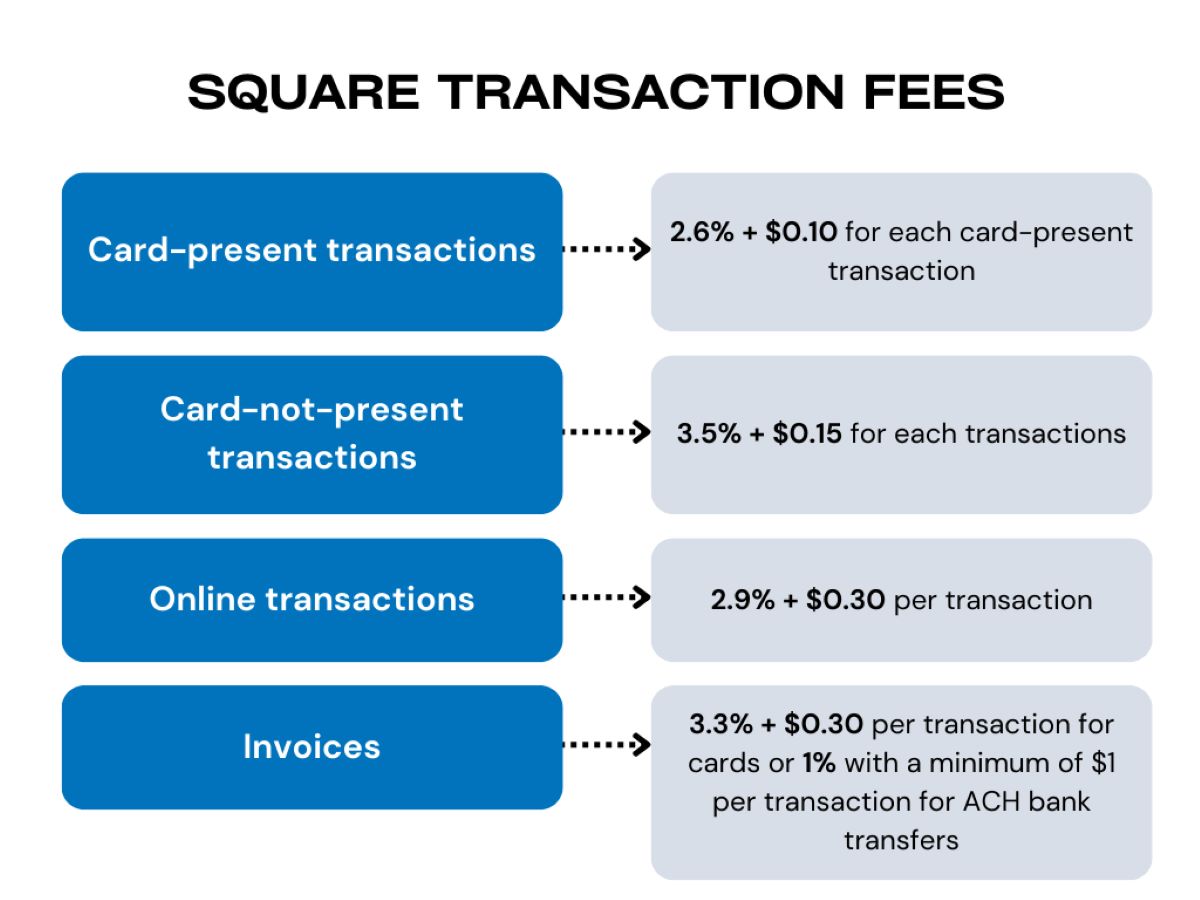Home>Finance>Error Of Principle: Definition, Classifications, And Types


Finance
Error Of Principle: Definition, Classifications, And Types
Published: November 19, 2023
Learn about the types and classifications of finance errors in this comprehensive guide. Understand the definition and implications of an error of principle.
(Many of the links in this article redirect to a specific reviewed product. Your purchase of these products through affiliate links helps to generate commission for LiveWell, at no extra cost. Learn more)
Understanding Error of Principle: Definition, Classifications, and Types
When it comes to managing your finances, understanding the various types of errors that can occur is crucial. One such error is the Error of Principle. In this blog post, we will explore what exactly an Error of Principle is, its classifications, and the different types that can occur in your financial transactions. So, let’s dive in and learn more about this important concept.
Key Takeaways:
- An Error of Principle in finance refers to a mistake that occurs due to an incorrect classification or allocation of financial transactions.
- Classifications of Errors of Principle include errors of omission, commission, original entry, and compensating errors.
What is an Error of Principle?
An Error of Principle is a financial error that occurs when a transaction is mistakenly classified or allocated incorrectly. These errors are not just simple mistakes; they can have significant implications for your financial records and reporting.
To have a better understanding, let’s look at some classifications of Errors of Principle:
Classifications of Errors of Principle
- Errors of Omission: These errors occur when a transaction is entirely omitted from the books of accounts or financial records.
- Errors of Commission: In this case, a transaction is recorded, but it is classified under the wrong account category.
- Errors of Original Entry: This type of error occurs when a transaction is recorded with incorrect figures.
- Compensating Errors: These errors occur when two or more errors offset each other, resulting in an overall inaccuracy in the financial records.
Types of Errors of Principle
Within these classifications, there are several different types of Errors of Principle that can occur. Let’s take a closer look at some of them:
- Errors in Classification: This occurs when a transaction is recorded in the wrong account category, leading to incorrect financial statements.
- Errors in Allocation: These errors involve allocating an expense or revenue to the wrong period, distorting the accuracy of financial statements and analysis.
- Errors in Calculation: Errors of calculation occur when incorrect figures are used in financial calculations, leading to incorrect values in financial statements.
- Errors in Posting: Posting errors happen when a transaction is recorded accurately but posted to the wrong account in the general ledger.
- Errors in Reversal: Reversal errors occur when a transaction is mistakenly reversed, leading to incorrect financial results and misinterpretations.
Conclusion
Errors of Principle can have significant implications for your financial records and reporting. Recognizing and rectifying these errors is essential for maintaining accurate and reliable financial information. By understanding the different classifications and types of Error of Principle, you can minimize the occurrence of these errors and ensure the accuracy of your financial transactions.
Remember, errors can happen, but with proper knowledge and attention to detail, you can prevent these mistakes from negatively impacting your financial management. So, stay vigilant and make informed decisions for a stable financial future.














